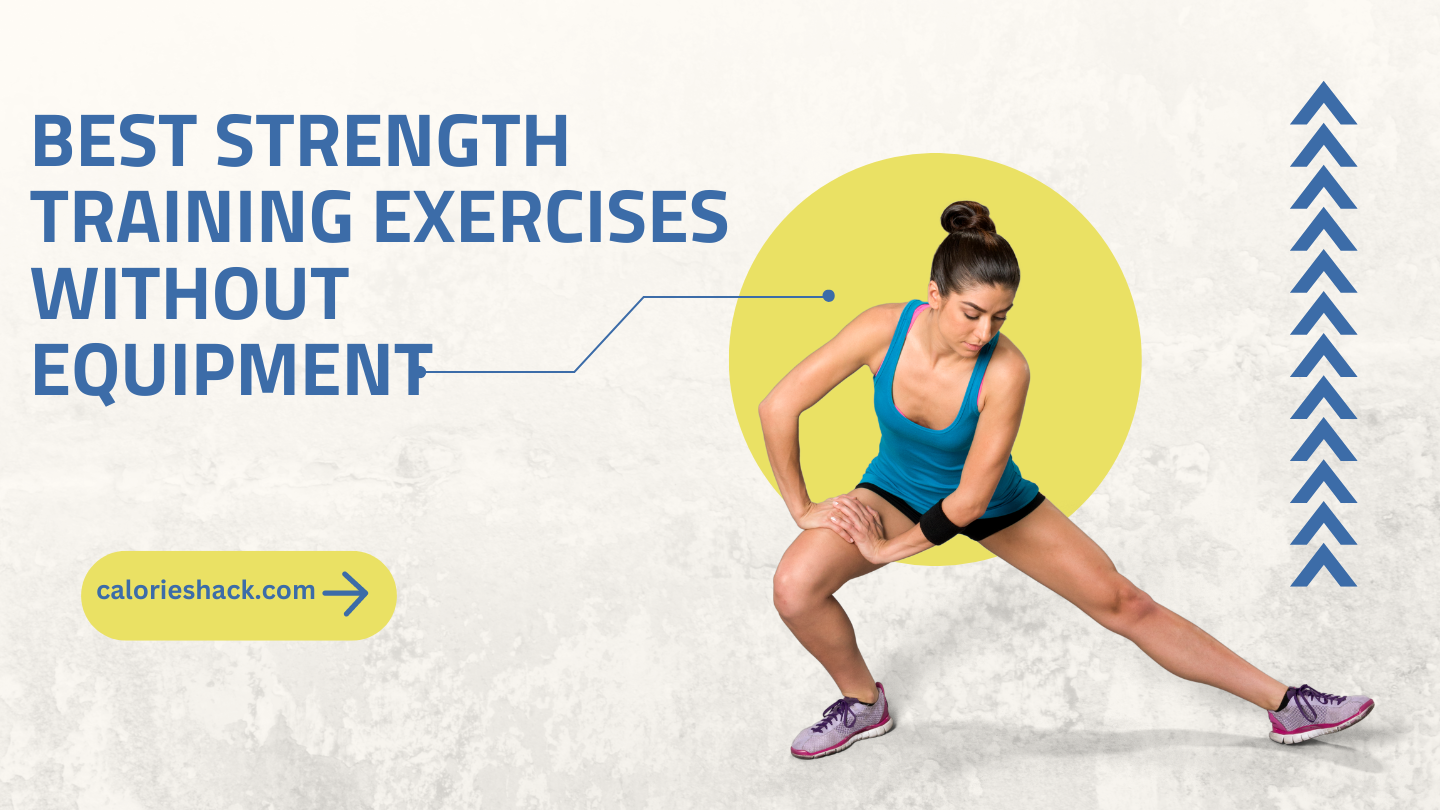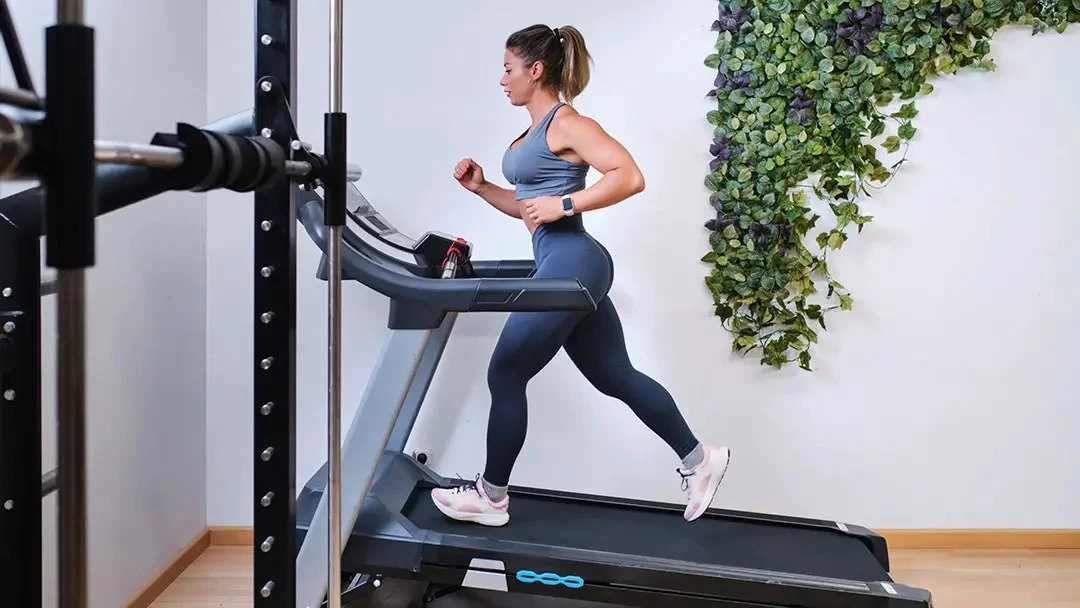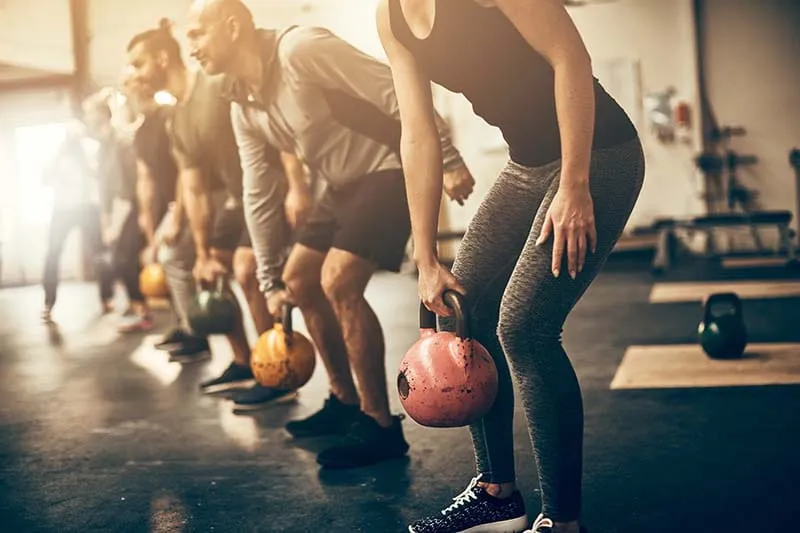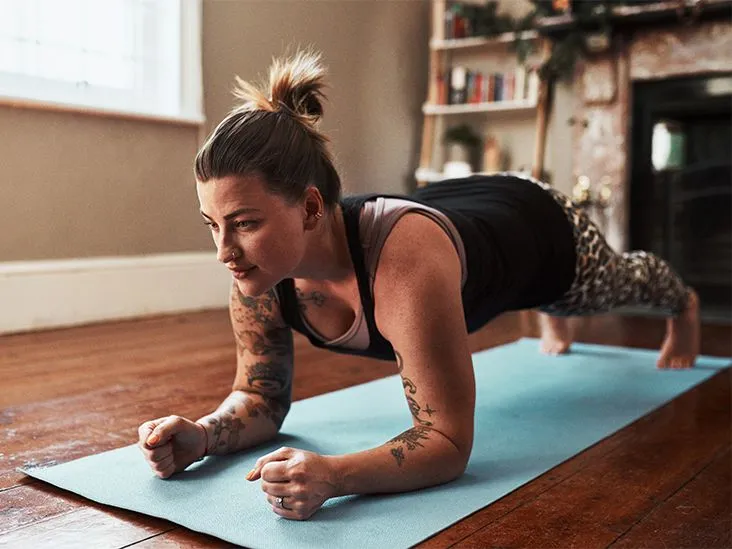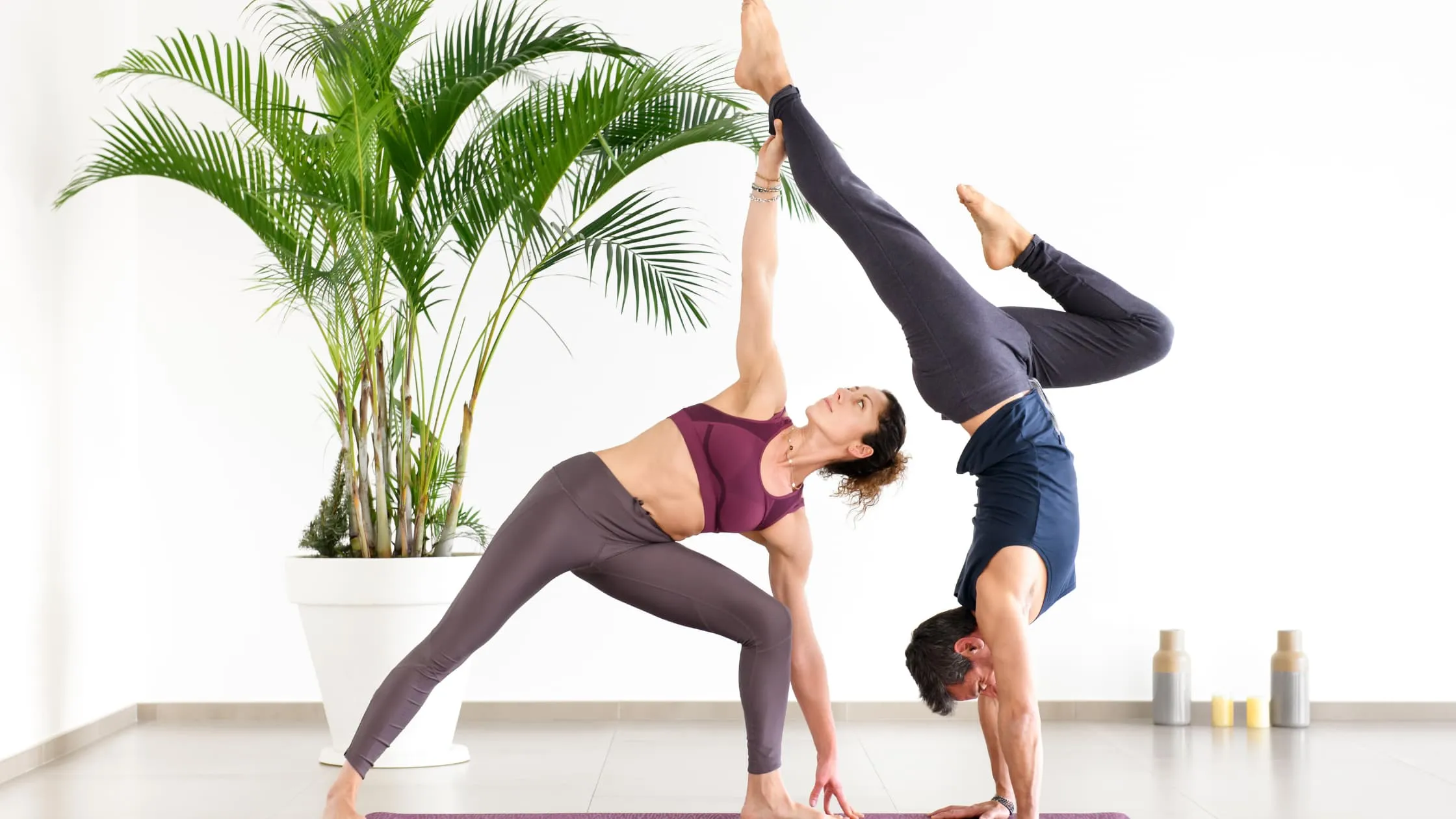Regular exercise is one of the most beneficial things you can do for your health. However, incorporating it into your routine and adhering to it might need some drive and discipline. Certain techniques may help you maintain it.
If you exercise consistently, you will rapidly see and feel the advantages to your body and well-being.
If you're thinking of beginning to exercise but don't know where to start, this article is for you. Here's all you need to know about establishing and adhering to a daily schedule.
Why should I exercise?

Regular exercise has been found to have a considerable health benefit. Its principal advantages include promoting healthy weight and muscular mass, as well as lowering the risk of chronic illnesses.
Exercising has been demonstrated to improve happiness, mental health, sleep, and sexual performance. And that is not all. It may also help you maintain a healthy energy level.
SUMMARY:
Exercise may help you enhance your mental health, lower your risk of chronic illness, and control your weight.
Common types of exercise
There are several sorts of exercise, such as:
- Aerobic: Any fitness regimen should involve some type of continual activity. Swimming, jogging, and dancing are some examples of activities.
- Strength: These workouts improve muscular power and strength. Examples include resistance training, plyometrics, weightlifting, and sprinting.
- Calisthenics: These exercises are often done without the use of gym equipment and involve big muscle groups. They're done at a moderate aerobic speed. Examples include lunges, sit-ups, push-ups, and pull-ups.
- High-intensity interval training (HIIT). This form of exercise consists of brief bursts of high-intensity activity separated by low-intensity workouts or rest intervals.
- Boot camps: These are timed, high-intensity circuits that include both aerobic and resistance training.
- Balance or steadiness: These workouts aim to develop muscles and enhance body coordination. Pilates, tai chi, and core-strengthening activities are among examples.
- Flexibility: These exercises aid in muscle rehabilitation, preserve range of motion, and avoid injury. Individual muscle-stretching motions and yoga are two examples.
The activities listed above may be done alone or together. The most important thing is to do what works best for you and have fun doing it.
SUMMARY:
Aerobic, strength, calisthenics, high-intensity interval training, boot camps, flexibility, and stability are all examples of common workout kinds. You may do them alone or together.
Read also:
- Yoga For Beginners: What You Should Know Before Your First
- Quick Fixes For Sore Muscles
- Exercise Routines For Teenage Girls 25 Tips
- HIIT Workouts In Water May Help People Who Can’t Easily
How to get started
Before beginning a new fitness plan, many factors must be considered.
1. Check your health.
Before beginning an exercise plan, you should check with your doctor and undergo a physical. This is especially significant for people who have never participated in severe or intense physical activity before.
An early assessment may identify any health issues or diseases that may put you at risk of harm while exercising. It may also help you maximize your workout, making it simpler for you and your personal trainer, if you want to work with one, to understand your limits and design an exercise plan that is specific to your requirements.
2. Create a strategy and establish reasonable targets.
To start exercising consistently, design a strategy with manageable stages and objectives.
One method to do this is to create a plan with simple stages to follow. Then you may add to it as your fitness level increases.
To achieve your objective of completing a 5-kilometer run, create a schedule with shorter runs.
Once you've completed the short runs, increase the distance until you can run the whole 5 kilometers in one session.
Setting modest, realistic objectives may boost success and motivation along the journey.
SUMMARY:
Before you begin working out, obtain a health checkup and devise a strategy with attainable objectives. Then, include exercise into your everyday routine to establish it as a habit.
3. Make it a habit.
Another important aspect of workout effectiveness is sticking to a regimen. It seems that making a workout routine a habit and doing it on a regular basis makes it simpler for individuals to stick to it in the long run.
Review of studies.According to a trusted source, replacing harmful behaviors with better ones is effective for long-term maintenance. Furthermore, creating a timetable or exercising at the same time every day might help you stick to your program and make it endure.
For example, you may make exercise a habit by setting aside time each day after work or first thing in the morning. It's critical to choose the time that works best for you.
SUMMARY:
The minimum recommended amount of exercise each week is 150 minutes. However, it is important to begin cautiously and allow your body to rest periodically.
Read also:
- Functional Strength Training: Definition, Health Benefits, And How To Get
- 6 Factors That Can Affect How Many Calories You Burn
- Tabata Workouts: Health Benefits, Getting Started, And How To Boost
- Rowing Machine Workouts: Health Benefits, How To Get Started
A one-week example workout regimen
Below is a simple one-week fitness routine that requires no equipment and takes about 30-45 minutes each day to complete.
This program may be tailored to your fitness level and made as hard as you like.
- Monday: 40-minute moderate jog or brisk stroll.
- Tuesday: Rest day.
- Wednesday: Walk briskly for 10 minutes. Then, do the circuits below, resting 1 minute after each set but not between exercises. Stretch afterward.
Circuit #1: 3 sets of 10 lunges each leg, 10 pushups, and 10 situps.
Circuit #2: 3 sets alternating 10 chair-dips, 10 jumping jacks, and 10 air squats.
- Thursday: Rest day.
- Friday: 30 minutes of biking or jogging at a moderate speed.
- Saturday: rest day.
- Sunday: 40-minute run, jog, or long stroll.
The one-week regimen shown above is simply a sample to get you started. For additional fitness ideas and programs, see the following links:
SUMMARY:
There are different workouts you may undertake. The plan above is just one example of how you may get started working out.
A few advice for beginners.
1. Stay hydrated.
Drinking water throughout the day helps maintain optimal hydration levels. Refilling fluids during exerciseUsing a trusted source is crucial for sustaining peak performance, particularly in hot conditions.
Furthermore, drinking after a workout will help you recuperate and prepare for your next training session.
2. Optimize your nutrition.
To complement your training regimen, eat a well-balanced diet. All meal types are required to maintain healthy energy levels and maximize the effectiveness of your training.Carbohydrates provide nourishment for muscles before exertion.
Carbohydrates are also necessary after exercise to restore glycogen levels and aid in the absorption of amino acids into the muscles during recovery.
Protein promotes muscle healing, heals tissue damage, and increases muscular growth. Finally, ingesting healthy fats on a regular basis has been demonstrated to assist burn body fat and conserve muscle fuel during exercises, allowing you to have more energy for longer.
Visit these sites for additional information on pre- and post-workout nutrition.
3. Warm up.
Warming up is essential before beginning your exercise. Doing so may help you avoid injuries and enhance your sports performance. It improves flexibility and reduces post-workout pain.
Simply begin your training with aerobic activities such as arm swings, leg kicks, and walking lunges. Alternatively, you might warm up by doing simple motions of the activity you want to complete. For example, stroll before running.
4. Cool down.
Cooling down is also beneficial since it allows your body to return to its natural condition. Cooling down may improve breathing and lessen muscular discomfort.
Some cool-down strategies include gentle walking after aerobic activity and stretching after weight training.
5. Listen to your body.
If you’re not accustomed to working out every day, be cautious of your boundaries. If you experience any pain or discomfort while exercising, stop and rest before resuming. Pushing through discomfort is a bad decision since it might lead to damage.
Also, keep in mind that working out harder and quicker does not always provide greater results. Taking your time as you proceed through your exercise regimen might help you maintain and maximize your habit over time.
SUMMARY:
Stay hydrated, eat a healthy diet, warm up before exercise, cool down afterwards, and listen to your body. The key to keeping motivated and developing an exercise habit is to have fun while doing it. This keeps you from dreading exercise.
You may vary your activities while keeping it enjoyable, as illustrated in the example fitness regimen above. If you can and want to, joining a gym or attending a virtual fitness class like yoga or Pilates, getting a personal trainer, or participating in team sports are all wonderful ways to boost motivation and pleasure.
Working out in a group or with a buddy may also help you stay accountable and motivated to stick with your workout program. Furthermore, recording your progress, such as charting your weightlifting levels or running timings, may help you stay motivated to beat your personal bests.





